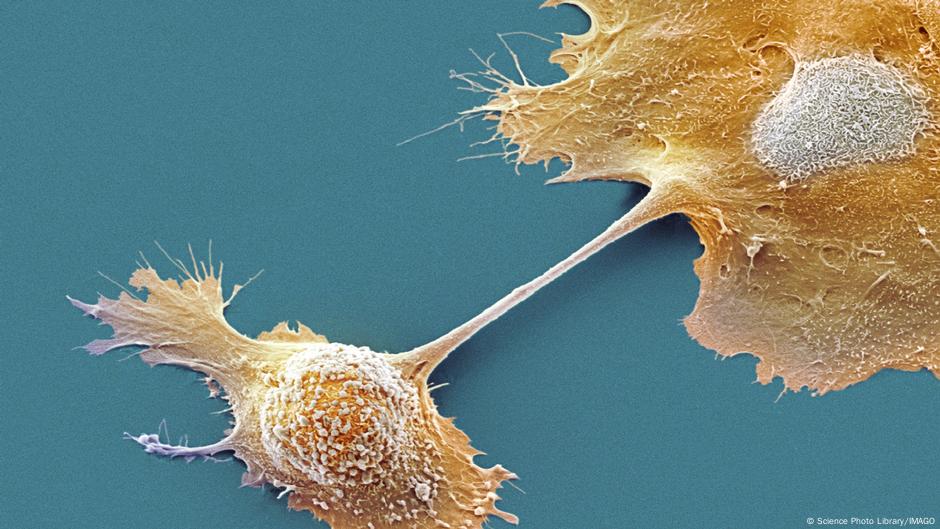Five years of their diagnosis as one of some ten people avoid pancreatic cancer – it is the most difficult cancer to survive.
The survival rate after five years of diagnosis is 6–14%, but there has been some promising progress to improve diagnosis and treatment.
The biggest obstacles to fight pancreatic cancer are quickly detecting tumors and finding ways to remove them. Treatment is particularly challenging – once the tumor is identified, it is too late to save it.
Stephen Maher said for an oncologist at Trinity College Dublin, Ireland, “This is a very poor forecast, most patients want 75% of them want within a year.”
But scientists are making small, but imports progress in pancreatic cancer and progress in treatment, which give hopes to half million people globally who are struggling with the disease.
A better test for pancreatic cancer?
Initial detection is one of many sacred tombs in pancreatic cancer research. Many people believe that biomarker – biological material in the body that indicates a particular disease – may be the answer.
This month, Maher and his colleagues published a study in the magazine Scientific report Where they have analyzed the patient’s blood samples for signs of cancer’s biomarkers that have entered the blood with potential preceding ulcers.
Globally, 13–18% of people have a pancreatic cyst-one blister on the surface of the pancreas that is filled with a mixture of biological materials and fluids. Some have a low risk of growth in tumors. Some are high.
“The process of determining this risk involves very aggressive processes,” said Maher.
This included imaging, but endoscopy using a needle to puncture and remove the sample fluid from the focus.
Because cystic fluid may leaked in the bloodstream, Maher’s team has studied the huge pancreatic cancer dataset to identify 10 different -different proteins and microRNA biomarkers. Together, the thesis will indicate whether an pancreatic cyst can become cancer. ,
“We are trying to identify molecules within cyst fluids that can be medical targeted [to treat the pancreatic cancer]”Maher said.
Propecting pancreatic cancer quickly saves life
At the same time, a team from Oregon Health and Science University (OHSU), the US has developed a test that states that early stage can predict pancreatic cancer. The test is 85% accurate when used with existing clinical trials.
It targets a single active protein known to “prime” the body for the development of cancer.
“We have customized our test for the goal [this] A specific protein, “Jose Louis Montoya Meera, a cancer researcher at OHSU, who was involved in research.
The study’s lead author Jreddom Fisher said that identifying early warning signs for pancreatic cancer may be a difference between life and death.
But the better clinical test is only part of the equation, Fisher said.
“So better imaging to know where the tumor is. [And] You need better therapeutic to treat tumors, “Fisher said.
Otherwise, he said, incomplete treatment may return worse than before the pancreatic tumor.
New treatment options need
There are many forms of treatment for pancreatic cancer. For localized cancer that does not spread beyond the pancreas, surgeons can remove the tumor if there is a good chance to remove the whole growth.
Chemo and radiotherapy can be deployed either after or later after surgery, or in cases where the cancer is metastasiate beyond the pancreas.
Treatment of pancreatic cancer is so difficult that it is difficult to treat it due to ‘stroma’. Stroma is a subtle environments filled with tissue and biological structures that mold the development of cancer. This hard structure makes it difficult to reach and reduce the tumor for treatment.
To create new remedies that achieve stroma defense line, scientists are working to understand how pancreatic tumors treat the body and interact.
A team from the German Cancer Research Center (DKFZ) in Heidelberg recently invaded the pancreatic tumor and asked the nearby nerve cells to create a friendly atmosphere to grow “Reprogram”.
The changing condition of the thesis veins is also in place of surgical removal, which leads to the atmosphere in which the tumor can return.
“They reprogramm [nerves] In a way that neurons produce factors that actually mediate and increase tumorgenis and progress.
Using the mouse model, the team of Trummp cut the link with Teese Neurons Ether through targeted drugs such as surgery or NAB-Paclitaxel. Together, thesis action stopped the development of tumors.
“NAB-Paclitaxel already has some effect on neurons and perhaps anti-cancer effects,” said Trump.
go a long way
While scientists are progressing how much better it is to detect and treat pancreatic cancer, the challenge is translating the thesis conclusions for humans.
This can still be the year before appearing in human medicine.
Fisher said about his test, “We are going to push as much as possible, we are not there, it is going to take years.” “People are excited about it and it’s great, we love it, but they need to understand that it is time to take.”
Thesis three groups are planning each early clinical trials, which are taking their drug into strict testing with real people by identifying the behavior of cancer in blood samples or cancer behavior.
Maher hopes that scientific cooperation can lead to sharp progress for patients.
Edited by: Fred Scholor
Source:






Leave a Reply